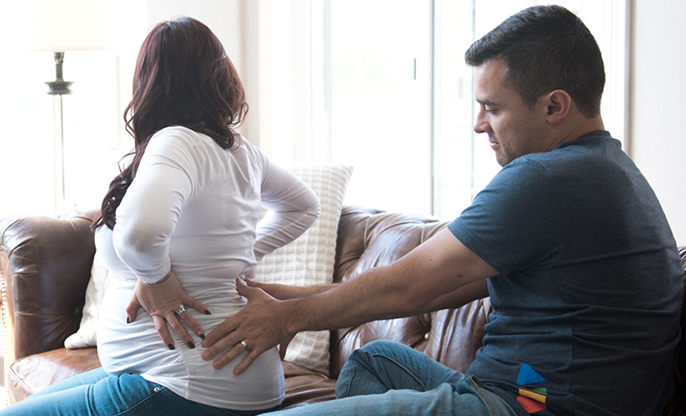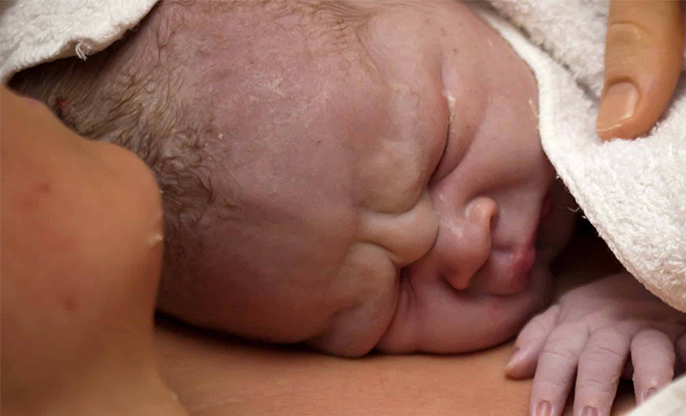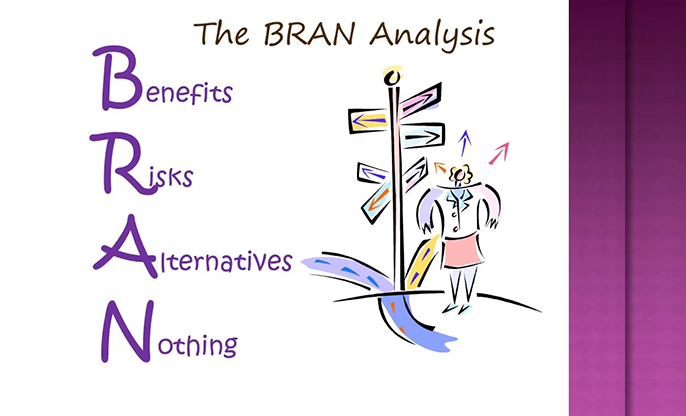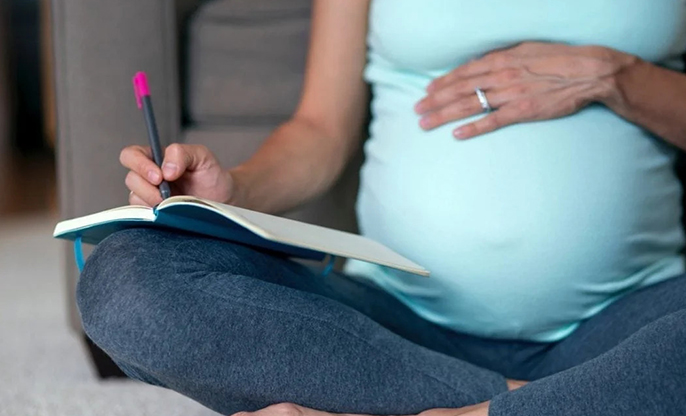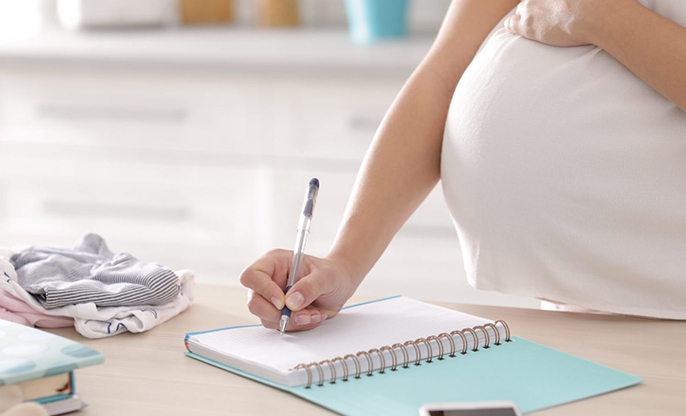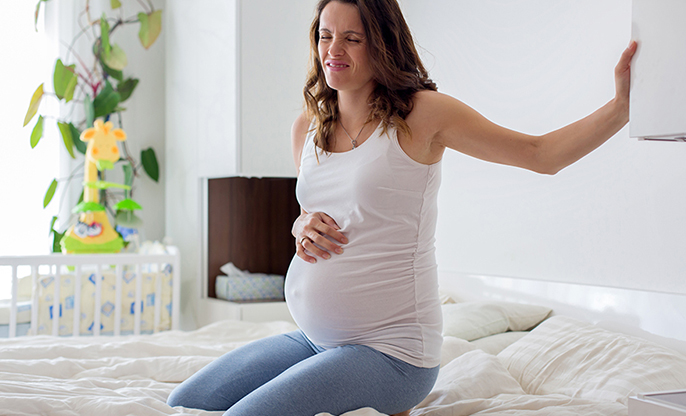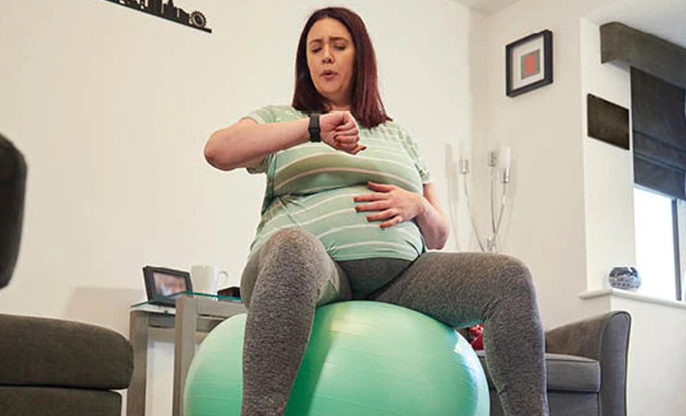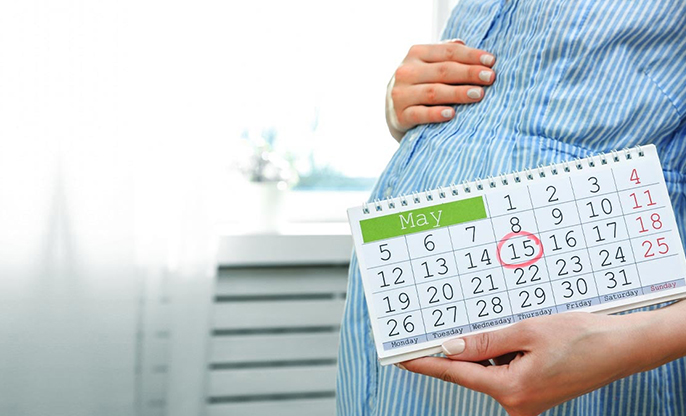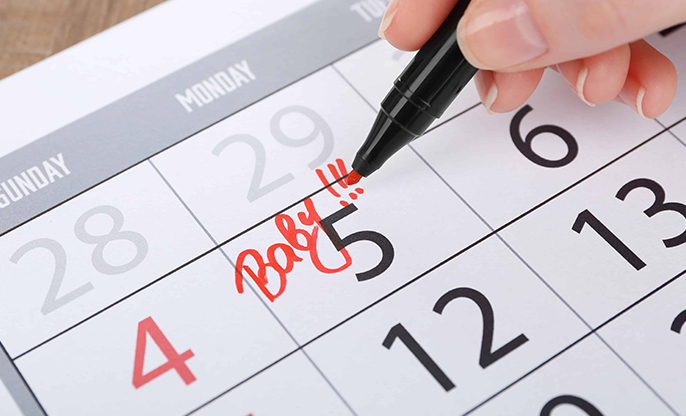
Natural Expulsion Reflex BI 11
You are getting closer to your due date and probably wondering how you are going to get through the whole delivery process. While the movies have only portrayed birth as PAIN and SCREAMS, it is just not how reality works.Birth is beautiful. It is a life-time experience for a mother. You are gifted with the opportunity to bring your baby into this word. Birth is beautiful, but painfully beautiful!
In the previous articles you would have gone through how the delivery process starts from early labour and gradually goes to the active phase and finally the placenta comes out. Just as your body is designed to get pregnant naturally, it is capable of helping you with a smooth delivery when not intervened. Women have given birth in the past (probably even now) without any medical support.So how is it so simple? What if we say you can actually deliver your baby without “pushing”? Why isn’t that the case for all women? What has changed over the years?
To understand this further, we are going to introduce you to a medical term called “The Ferguson reflex”.The fetal ejection reflex, also known as the Ferguson reflex, is when your body “expels” your baby involuntarily — that is, without forced pushing on your part.
It is nothing but a POSITIVE FEEDBACK mechanism involving OXYTOCIN.
Ferguson Reflex Surge of oxytocin, results in increased contractions, as the presenting part of the fetus stimulates nerve receptors in the pelvic floor, the cervix and upper portion of the vagina. As a consequence, you experience the urge to push. This reflex becomes increasingly compulsive, overwhelming and involuntary.
By the medical definition, The Ferguson reflex is a neuroendocrine reflex in which the fetal distension of the cervix stimulates a series of neuroendocrine responses, leading to oxytocin production.
In simpler terms, when you get closer to the time of delivery, your body starts producing tons and tons oxytocin, the mega hormone that helps in dilating your cervix and makes the pathway for your baby to come out of your vagina. Your body releases oxytocin in pulses, and the receptors stimulate contractions. The contractions thin and dilate the cervix — by pulling it upwards — and then move your baby down the birth canal. As pressure on the cervix and in the birth, canal increases, neural pathways send messages to the brain to release more oxytocin. The additional oxytocin leads to two or three powerful contractions of the uterus that eject your baby into the world.
How does animals give birth?
To understand fetal ejection reflex, it is best to relate how mammals give birth in the wild. They create a calm and safe environment before giving birth. Once they feel home, they are able to deliver their baby naturally with fetal ejection reflex. But things have drastically changed with human delivery. The safe environment is compromised with a lot of lights and noise and white coats shouting to “PUSH” at the time of giving birth, and you might not even feel the ejection reflex. When a laboring animal feel threatened or disturbed, the stress hormone catecholamine shuts down labor. Similarly, when a laboring woman does not feel safe or protected or when the progress of the normal labor is altered, catecholamine levels rise, and labor slows down or stops.
So, what actually happens if birth happens at peace?
Not surprisingly, research [1] draws parallels between the labor-intensive experiences of giving birth and running a marathon. Although your hamstrings aren’t burning, plenty is happening to your body during the moments of fetal ejection.
The muscles of your uterus have already flexed upwards, pulling the tightly drawn cervix open. Now that your cervix is fully dilated, your body prepares for the final moments of birth. Your uterus flexes upward even further and then bear down pushing your baby out.
At this point, you may feel an urge to move into an upright position, to lean over the back of the raised bed, or to move onto your knees in a crawling position. Expect to feel two or three powerful thrusts before your baby emerges.
Importance of feeling safe during delivery:
Fetal ejection reflex is nothing but a cycle of activities involving your brain to trigger oxytocin, that further triggers contractions and the dilation happens accordingly. This goes on a loop with the oxytocin levels increasing, until the baby is out, if and only if your brain is relaxed and calm and not in a position to disrupt this cycle. Your body is designed to do this. It is very important to not be stressed or scared. The more you feel the increase in oxytocin and cooperate with your body, the baby will be out quicker. Unfortunately,most of the hospitals might not give you the perfect space for establishing the safe space. There will be a swarm of medical professionals around you, especially at the time of delivery. But you could choose to not get into that scenario by explicitly discussing with your healthcare provider. Add it to your birth plan and clarify it to your birth partner, to ensure this is strictly followed. For your body to do its job, you need to be at PEACE.
We, like other mammals, need to feel both safe and protected to give birth easily. If you do not feel safe and protected in early labor, catecholamine levels rise, and labor shuts down. Oden describes the fetal-ejection reflex in women (Odent, 1987, 1992). During the second stage of labor, if the hormone orchestration of normal labor has been altered (e.g., by the use ofPitocin or epidural analgesia), the fetal-ejection reflex does not occur.
How do you push the baby out without tearing?
You might be concerned about tearing during birth. There is always a slight risk of small tears during birth; mostly they heal well on their own.In a slow pushing stage, the baby’s head will gradually descend and stretch the perineum (the area between the vagina and anus). Breathing techniques help during this stage and allow the area to stretch.During FER, your baby ‘flies’ out, and there might not be the time needed for the stretching of the perineum.
Perineal massage can help prepare the area and will help you get in touch with the area your baby will need to stretch to get out.Waterbirth is another great option, as the warm water softens the perineal tissue, and prepares it for the ‘great stretch’ as your baby is born.
Despite all of this, the fetus ejection reflex is powerful and if your body wants to do it, there is no stopping it!
Reference:
1. https://www.sciencedirect.com/science/article/abs/pii/S0306987719301744





